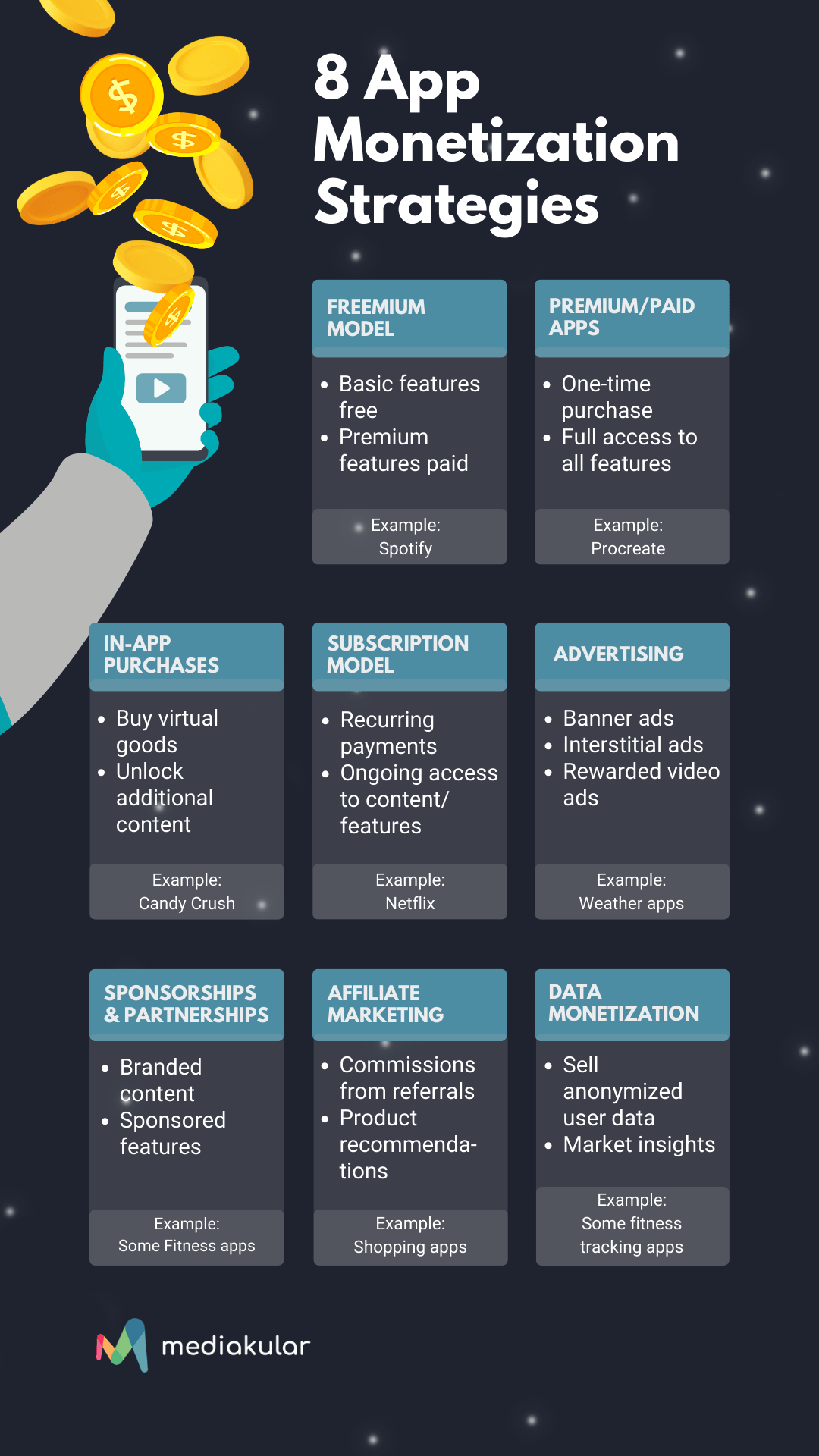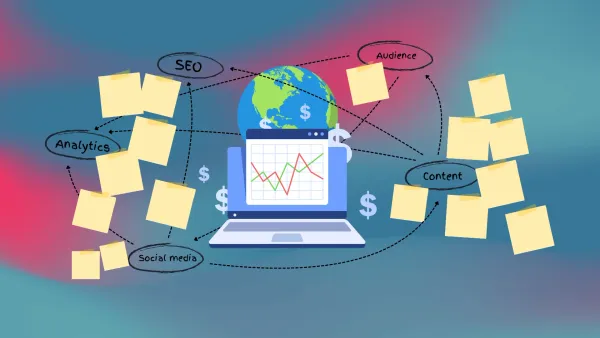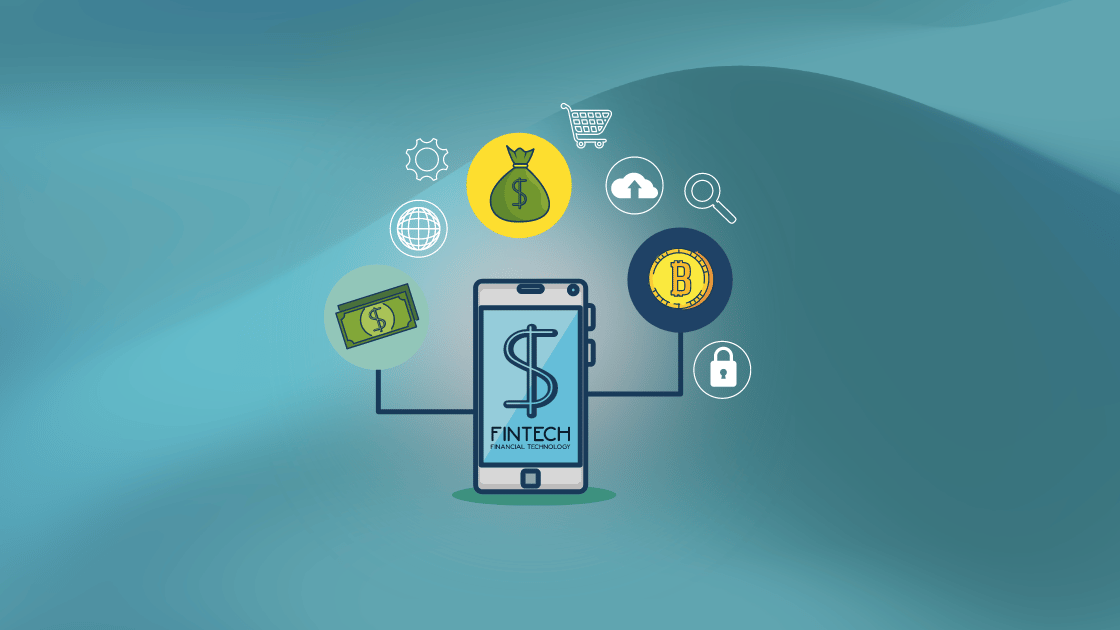5 Essential Elements of Custom App Development for Startups
Discover key considerations for creating successful mobile apps tailored to startup needs. Learn how innovative IT solutions can drive growth for your new business.

Custom app development has become a crucial component for startups looking to make their mark. As a startup founder or small business owner, you're likely aware that a well-designed mobile app can be the key to reaching your target audience, streamlining operations, and driving growth. However, navigating the complex landscape of app development can be challenging, especially when resources are limited.
This comprehensive guide will explore the five essential elements of custom app development that every startup should consider. By focusing on these key areas, you'll be better equipped to create an app that not only meets your business objectives but also delights your users and stands out in a crowded marketplace.

1. User-Centric Design and UI/UX Excellence
At the heart of any successful app lies a seamless, intuitive user experience. For startups, nailing the UI/UX design is crucial, as it can make the difference between an app that users love and one they quickly abandon.
1.1 Understanding Your Target Audience
Before diving into design, it's essential to have a clear picture of who your users are. Conduct thorough market research to understand their needs, preferences, and pain points. This information will guide your design decisions and help create an app that resonates with your target demographic.
Tools like Google Analytics, SurveyMonkey, and UserTesting can provide valuable insights into user behavior and preferences.
1.2 Implementing Intuitive Navigation
A well-structured app with intuitive navigation is crucial for user retention. Consider implementing:
- Clear and concise menu structures
- Consistent design patterns across screens
- Easily accessible search functionality
- Smooth transitions between pages
Remember, the goal is to minimize the number of taps required for users to accomplish their tasks.
1.3 Balancing Aesthetics and Functionality
While a visually appealing app is important, it shouldn't come at the cost of functionality. Strive for a clean, modern design that aligns with your brand identity while ensuring that all features are easily accessible and work flawlessly.
Short tutorial on user-centric design
Consider partnering with a digital agency specializing in UI/UX design to create cutting-edge designs that set your app apart from the competition.
2. Scalable Architecture and Performance Optimization
As your startup grows, your app needs to grow with it. Building a scalable architecture from the start can save you significant time and resources in the long run.
2.1 Choosing the Right Tech Stack
Selecting the appropriate technology stack is crucial for your app's long-term success. Consider factors such as:
- Development speed and cost
- Scalability and performance
- Community support and available resources
- Cross-platform capabilities
Popular tech stacks for startups include:
- Ionic Framework for IOS/Android apps built with Vue, React or Angular
- Electron.js or Tauri (soon also mobile) to build web apps programmed with any JavaScript Framework
- MEAN (MongoDB, Express.js, Angular, Node.js) or MERN (MongoDb, Express.js, React, Node.js) for full-stack JavaScript development
- React Native (or even Svelte Native) for cross-platform mobile app development
- Flutter for building natively compiled applications
2.2 Implementing Cloud Services for Flexibility
Cloud services offer startups the flexibility to scale resources up or down based on demand. Consider using platforms like:
These services provide a range of tools for app hosting, database management, and serverless computing, allowing you to focus on your core business logic.
2.3 Optimizing for Speed and Responsiveness
A slow or unresponsive app can quickly lead to user frustration and abandonment. Implement performance optimization techniques such as:
- Efficient data caching
- Image and asset optimization
- Minimizing network requests
- Implementing content delivery networks (CDNs)

Use tools like Google's PageSpeed Insights or GTmetrix to analyze and improve your app's performance.
3. Security and Data Protection
In an era of increasing data breaches and privacy concerns, ensuring robust security measures is non-negotiable for startups.
3.1 Implementing Secure Authentication Methods
Protect user accounts by implementing strong authentication methods:
- Multi-factor authentication (MFA)
- Biometric authentication (fingerprint, face recognition)
- OAuth for secure third-party login integration
Consider using identity management platforms like Auth0 or Okta to streamline secure authentication implementation.
3.2 Data Encryption and Compliance
Encrypt sensitive data both in transit and at rest. Ensure your app complies with relevant data protection regulations such as GDPR for European users or CCPA for California residents.
Implement end-to-end encryption for user communications and use secure protocols like HTTPS for all data transmissions.
3.3 Regular Security Audits and Updates
Conduct regular security audits to identify and address potential vulnerabilities. Keep your app and all dependencies up to date with the latest security patches.
Consider using automated security scanning tools like OWASP ZAP or Acunetix to regularly check for common vulnerabilities.
Application Security 101 - What you need to know in 8 minutes
4. Monetization Strategies and Business Model Integration
Your app should not only solve a problem for users but also contribute to your startup's revenue goals.
4.1 Freemium vs. Premium Models
Decide whether a freemium or premium model best suits your app and business objectives:
- Freemium: Offer basic features for free, with premium features available for a fee
- Premium: Charge users upfront for app access
Each model has its pros and cons, so consider your target audience and the value proposition of your app when making this decision.
4.2 In-App Purchases and Subscriptions
In-app purchases and subscription models can provide a steady revenue stream:
- Offer premium content or features as one-time purchases
- Implement subscription tiers for ongoing access to premium features
- Consider time-limited trials to encourage upgrades
Use platforms like RevenueCat to simplify subscription management across iOS and Android.
4.3 Advertising and Partnerships
If appropriate for your app, consider implementing advertising or exploring partnership opportunities:
- Integrate ad networks like Google AdMob or Facebook Audience Network
- Explore sponsored content or branded partnerships within your app
- Implement affiliate marketing for relevant products or services

Read our comprehensive guide about strategies to monetize your mobile apps.
5. Continuous Improvement and Agile Development
The launch of your app is just the beginning. Successful startups embrace an iterative approach to app development, continuously improving based on user feedback and market trends.
5.1 Implementing Analytics for Data-Driven Decisions
Integrate analytics tools to gain insights into user behavior and app performance:
- Google Analytics for Mobile Apps
- Mixpanel for user flow analysis
- Amplitude for cohort analysis and retention metrics
Use these insights to inform future development decisions and prioritize feature updates.
5.2 A/B Testing and Feature Experimentation
Implement A/B testing to optimize various aspects of your app:
- User interface elements
- Onboarding flows
- Pricing strategies
- Feature rollouts
Tools like Optimizely or Firebase A/B Testing can help you set up and manage experiments effectively.
5.3 Regular Updates and Version Control
Maintain a consistent update schedule to fix bugs, introduce new features, and keep your app fresh:
- Use semantic versioning to manage app versions
- Implement a robust version control system (e.g., Git) for code management
- Communicate updates clearly to users through release notes and in-app notifications
Consider using a continuous integration/continuous deployment (CI/CD) pipeline to streamline your update process.
Pros and Cons to Agile (App) Development
Conclusion
Custom app development for startups is a complex but rewarding journey. By focusing on these five essential elements – user-centric design, scalable architecture, robust security, effective monetization, and continuous improvement – you'll be well-positioned to create an app that not only meets your current needs but can also grow and evolve with your business.
Remember, partnering with an experienced digital agency can provide invaluable expertise and resources throughout your app development journey. From cutting-edge designs to innovative IT solutions, the right partner can help turn your app vision into a reality that drives growth for your startup.
As you embark on your app development journey, keep these key takeaways in mind:
- Prioritize user experience above all else
- Build for scalability from day one
- Never compromise on security and data protection
- Align your app's features with your business model
- Embrace an iterative, data-driven approach to development
By focusing on these elements and leveraging the expertise of seasoned professionals, your startup can create a custom app that not only meets but exceeds user expectations, setting the stage for long-term success in the digital marketplace.





